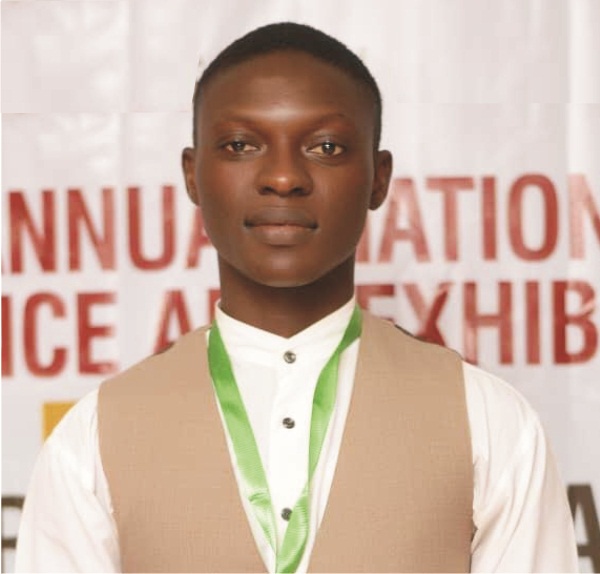Students from all over Nigeria were in attendance to witness the selection of the three winners from the thirteen finalists. Mr Wojuola Daramola who bagged 250,000 naira as the second winner discusses his experience at NESTEC 2019
Tell us more about the paper you presented today?
My name is Wojuola Daramola. I school at the University of Nigeria, Enugu State. The paper I presented was the one of Additive Manufacturing Technology an Imperative for Manufacturing Practices.
What inspired you to write on this given subject?
This technological solution was inspired by the cross cutting edge and opportunities that can be obtained from additive manufacturing. First of all, it saves the amount of material we use in production and it affords reliable dimensional accuracy which cannot be gotten using the old traditional manufacturing methods. If implemented we would be able to manufacture our reality. Our ideas are only vague when they are not tangible and put to effect. But once an idea is tangible it becomes a novelty and this is what this technology offers us.
How do you feel selected out of the multitude that forwarded technical papers?
Alright, I feel overwhelmed in the first place. And on another thought I feel my efforts worth it, considering the amount of time I put into it. I did research and not just an essay and my work are 100% original and free from plagiarism. For my references, I did my citing accurately both the index citations and the references. The work was wholly done by me and is free from adulteration.
Would you say this idea hasn’t been implemented somewhere else?
Some universities have been thinking about adopting this technology by teaching their students how to bring this to being.
What makes your approach unique?
My unique approach is that individuals can print what we want from food, chocolates, meat even pizzas we buy with the knowledge of computer-aided design soft software packages and the availability of 3D printers. Don’t be surprised many foods we eat are printed not cooked or grilled but we are so interested in the result of the technology and not in how the technology can be made in our nation. That is why we are still backward. People want to use big phones, iPhones, they don’t know how to make the smallest torch light phones.
Observations have it that students are reluctant to presenting and writing papers. What advice do you have for them?
The advice I have to all is that they should strive to be better every day. I am not stopping here I have plans but NESTEC has given me a platform to leverage on. I would go and train on how to operate one of the commercial 3D printers so that I would be able to print my 3D spare parts. With this, I would create a supply chain all over the world, print and become my employer. I believe this is achievable. I once heard of a lady who was fascinated with fingernails that uses 3D technology to print fingernails and she is making it big time. I felt inspired that if a 19 years old girl just learning computer-aided design she is not even manufacturing the machines that could do such a feat, I needed to take a few steps further to learn how to make the machine. This mastery would help me to find out and fix faults in 3D printers. The case of dumping machines that have a small fault is rampant in our universities, I want that to change. Let engineering students build skills that would keep them relevant in the labour market.










